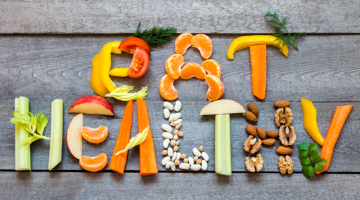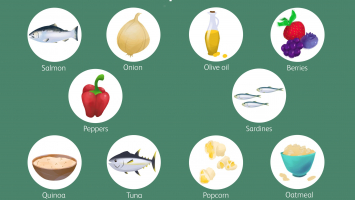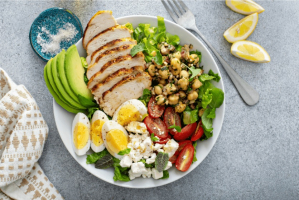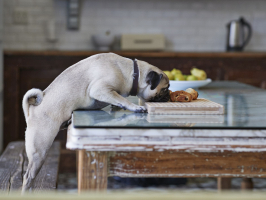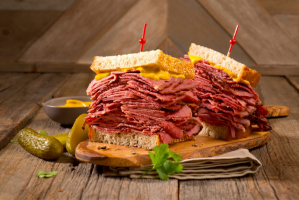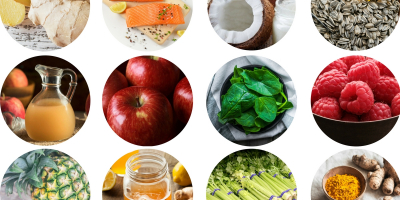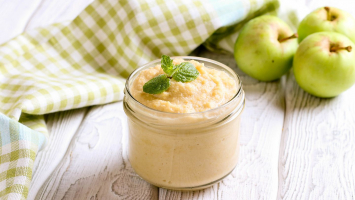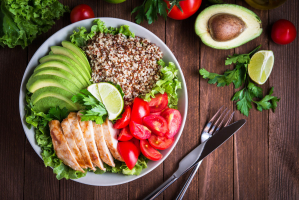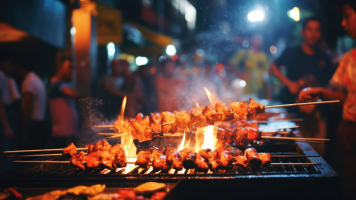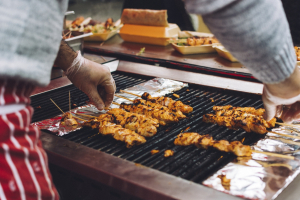Top 9 Foods Most Likely to Cause Food Poisoning
People get food poisoning when they eat anything that has dangerous bacteria, parasites, viruses, or poisons in it. It can cause a variety of symptoms, most ... read more...frequently stomach pains, diarrhea, vomiting, nausea, and lack of appetite. It is also known as a foodborne illness. Food poisoning may result from a variety of foods, especially those that have been improperly prepared, cooked, or stored. Below are some of the Foods Most Likely to Cause Food Poisoning that you should be cautious about!
-
Food poisoning is quite likely to occur when poultry, such as chicken, duck, and turkey, is eaten raw or undercooked. Campylobacter and Salmonella, which are frequently detected in the guts and feathers of these birds, are mostly to blame for this.
During the slaughtering process, these bacteria frequently contaminate fresh poultry meat and can exist through cooking. According to studies from the UK, the US, and Ireland, between 41 and 84% of the raw chicken sold in supermarkets included Campylobacter bacteria, and between 4 and 5% contained Salmonella. Campylobacter contamination rates for raw turkey meat ranged from 14 to 56%, whereas they were slightly lower at 36% for raw duck meat. The good news is that although these dangerous bacteria can survive on uncooked poultry, they are entirely destroyed through a thorough cooking time.
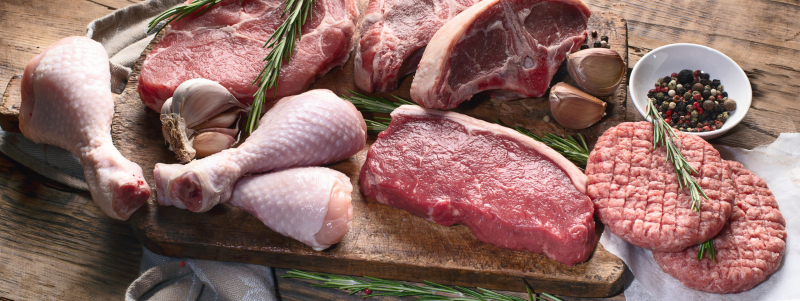
Poultry 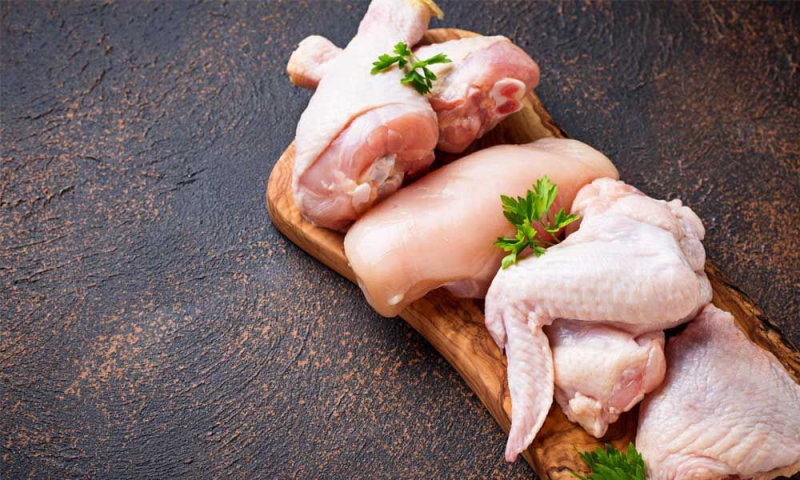
Poultry -
When eaten raw, vegetables and leafy greens are a frequent source of food poisoning. In fact, vegetables, especially lettuce, spinach, cabbage, celery, and tomatoes, have been linked to a number of cases of food poisoning.
E. coli, Salmonella, and Listeria are some of the dangerous bacteria that may infect vegetables and leafy greens. This may happen at different supply chain stages. Unclean water and polluted runoff have the ability to infect the land where fruits and vegetables are cultivated. Additionally, it might happen as a result of dirty processing equipment and unhygienic food preparation methods. Leafy greens are particularly dangerous since they are frequently eaten uncooked. In fact, food cooked in a restaurant or catering facility was the source of 85% of food poisoning outbreaks in the US between 1973 and 2012 that were brought on by leafy greens such as cabbage, kale, lettuce, and spinach.
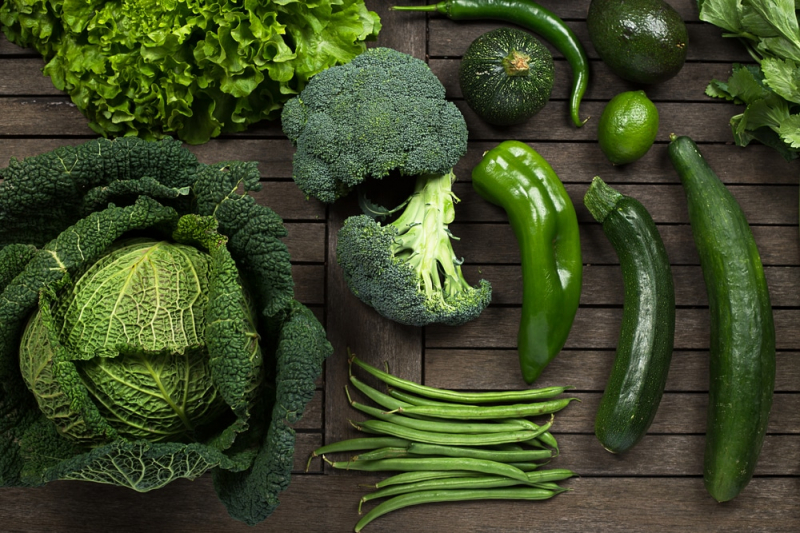
Vegetables and Leafy Greens 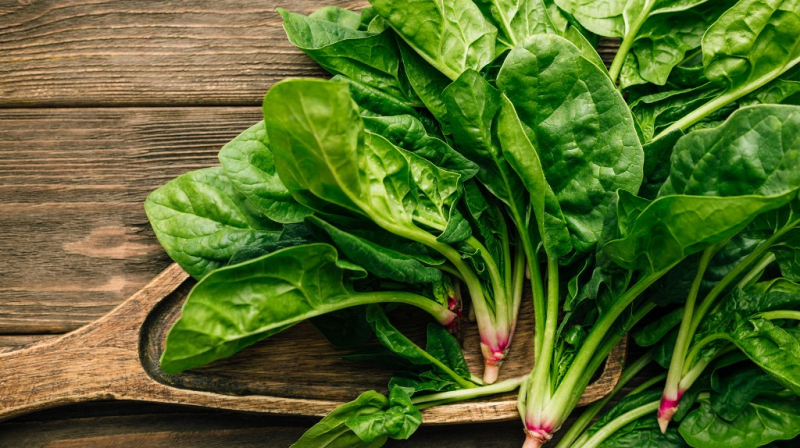
Vegetables and Leafy Greens -
Food poisoning frequently results from eating fish and shellfish. Histamine, a toxin produced by fish bacteria, is more likely to contaminate fish that has not been preserved at the correct temperature.
Normal cooking temperatures do not eliminate histamine, which leads to scombroid poisoning, a type of food poisoning. Numerous symptoms are brought on by it, including nausea, wheezing, and face and tongue swelling. Ciguatera fish (CFP) poisoning is a different type of food poisoning brought on by contaminated fish. Ciguatoxin, a toxin that is typically found in warm, tropical waters, is to blame for this happening. According to estimates, every year between 10,000 and 50,000 people who live in or travel to tropical regions get CFP. Food poisoning also occurs while eating shellfish like clams, mussels, oysters, and scallops. Many toxins are produced by algae that shellfish consume, and these toxins can accumulate in the flesh of shellfish, causing a risk to humans who eat the shellfish.
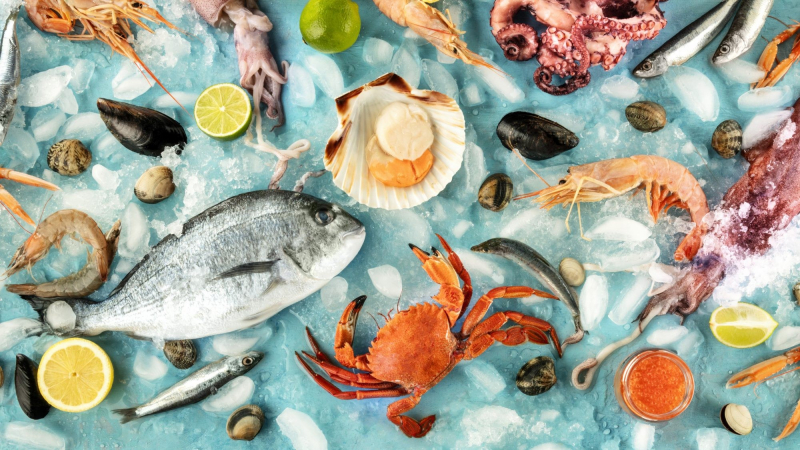
Fish and Shellfish 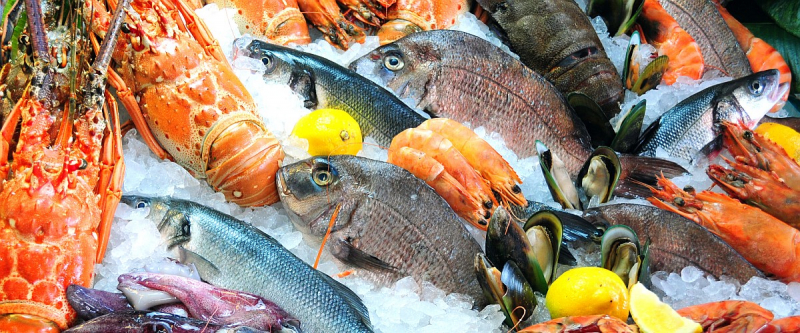
Fish and Shellfish -
More than half of the world's population relies on rice as a staple food. Rice is one of the oldest cereal grains. However, it carries a significant risk of causing food poisoning. Bacillus cereus spores, a bacterium that produces toxins that cause food poisoning, can contaminate uncooked rice.
These bacteria can survive dry conditions. In your pantry, for example, they may thrive in a package of uncooked rice. They can survive cooking as well. These spores develop into bacteria if cooked rice is left to stand at room temperature because the warm, moist environment promotes their growth. The chance that rice will be harmful to eat increases with the amount of time it is left out at room temperature.
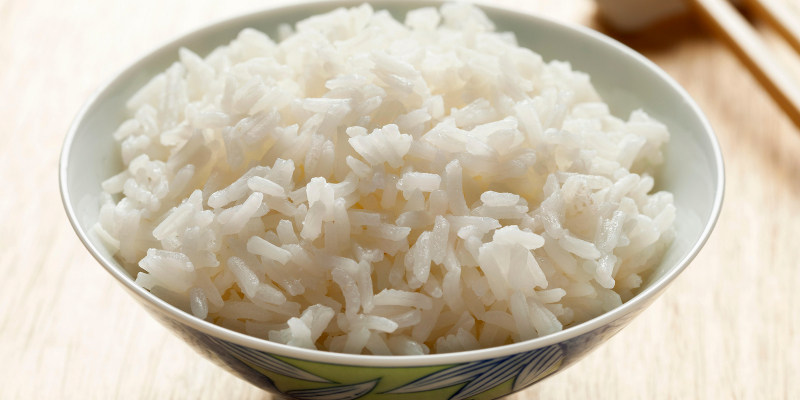
Rice 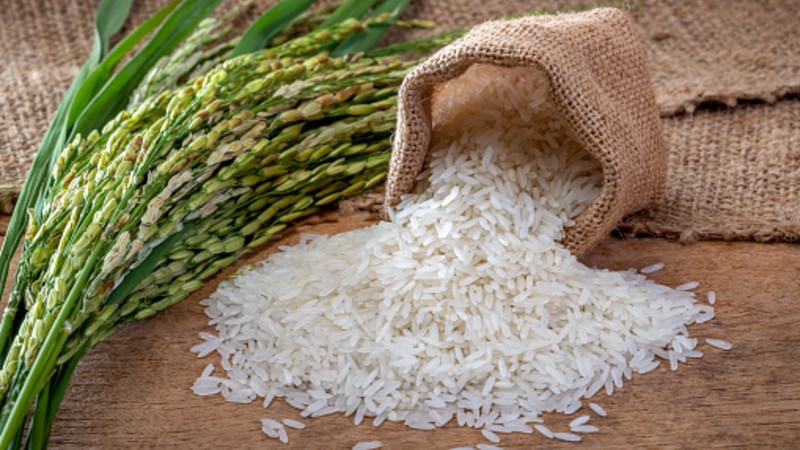
Rice -
Ham, bacon, salami, and other deli meats, as well as hot dogs, can be a source of food poisoning. While being processed and manufactured, they are prone to pollution from dangerous bacteria like Listeria and Staphylococcus aureus at different phases.
Direct contamination can happen while touching contaminated raw meat by poor hygiene by deli staff, but it can also happen indirectly through poor cleaning techniques and cross-contamination from unclean equipment like slicer blades. Listeria contamination levels in sliced beef, turkey, chicken, ham, and paté have been observed at 0 to 6%. Of all the deaths brought on by deli meats contaminated with Listeria, deli meat packed and sliced at deli counters was responsible for 83% of them, while pre-packaged deli meat items were responsible for 17%. It is important to remember that if meat is not prepared or kept correctly, it all represents a threat of food poisoning.
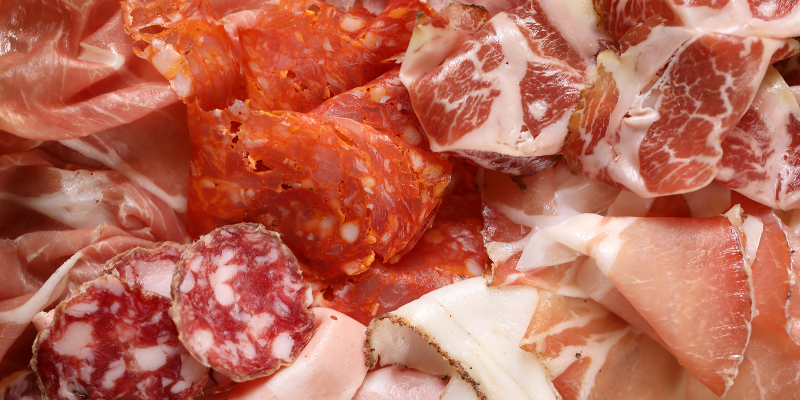
Deli Meats 
Deli Meats -
The act of pasteurizing involves heating a liquid or food to eliminate dangerous bacteria. To make dairy products, such as milk and cheese, safe for consumption, food manufacturers pasteurize them.
Salmonella, Brucella, Campylobacter, Cryptosporidium, E. coli, Listeria, and other dangerous bacteria and parasites are all destroyed by pasteurization. In fact, 20 US states prohibit the sale of unpasteurized milk and milk-related products. Drinking milk or eating cheese prepared with unpasteurized milk resulted in more than 1,500 cases of food poisoning, 202 hospitalizations, and two deaths in the US between 1993 and 2006. Furthermore, compared to pasteurized dairy products, unpasteurized milk has a minimum 150 times higher risk of food poisoning and 13 times higher risk of hospitalization. Make sure you only buy pasteurized dairy products to reduce your risk of food poisoning. Dairy products should be kept at or below 40°F (5°C) and should be thrown after their use-by date.
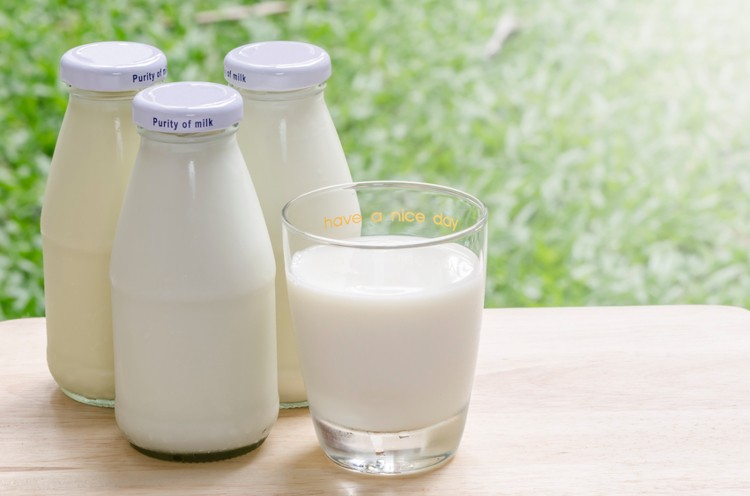
Unpasteurized Dairy 
Unpasteurized Dairy -
Even though eggs are highly nutritious and versatile, eating them uncooked or undercooked can result in food poisoning. This is due to the possibility that salmonella bacteria, which may infect both the eggshell and the egg's inside, may be present in eggs.
In the US, contaminated eggs were a major cause of Salmonella poisoning in the 1970s and 1980s. The good news is that since 1990, improvements in egg production and processing have reduced Salmonella outbreaks. Despite this, the US Food and Drug Administration estimates that every year, eggs contaminated with Salmonella result in roughly 79,000 cases of food poisoning and 30 deaths. Avoid consuming eggs that have cracked or dirty shells to lower your risk. When a recipe calls for raw or lightly cooked eggs, wherever possible, pick pasteurized eggs.
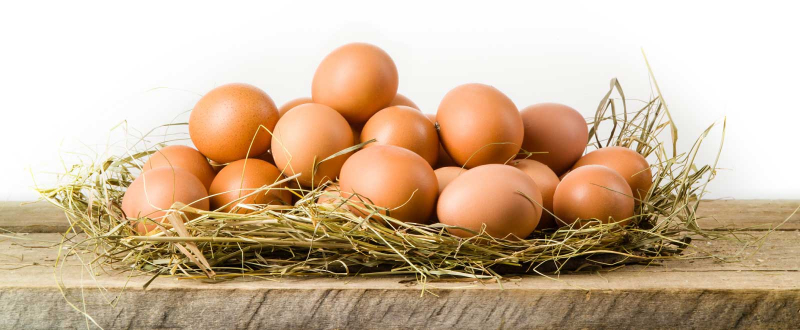
Eggs 
Eggs -
Many fruit products, including berries, melons, and pre-made fruit salads, have been linked to outbreaks of food poisoning. Listeria bacteria, which may develop on the rind and spread to the flesh, poses a serious threat to ground-grown fruits including cantaloupe (rockmelon), watermelon, and honeydew melon.
In the US, 34 outbreaks of food poisoning linked to melons were reported between 1973 and 2011. 3,602 illness cases were reported as a result, along with 322 hospitalizations and 46 deaths. 56% of the outbreaks were associated with cantaloupes, 38% with watermelons, and 6% with honeydew melons. Cantaloupe is a fruit that poses an especially significant danger due to its rough, netted skin, which protects Listeria and other bacteria. Raspberries, blackberries, strawberries, and blueberries, among other fresh and frozen berries, are a frequent source of food poisoning because they contain dangerous bacteria and viruses, including the hepatitis A virus.
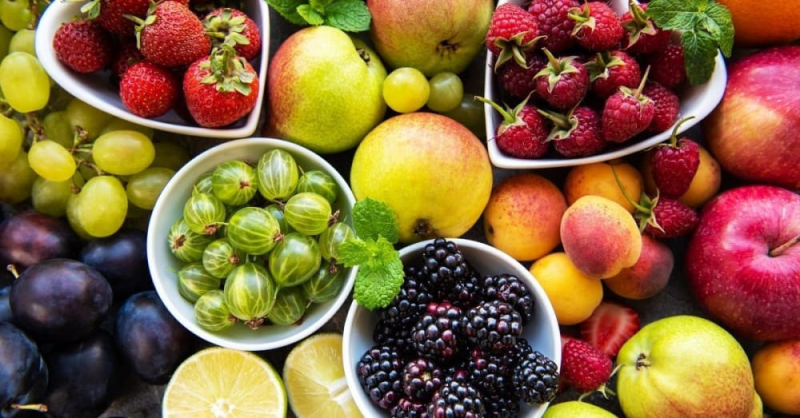
Fruits 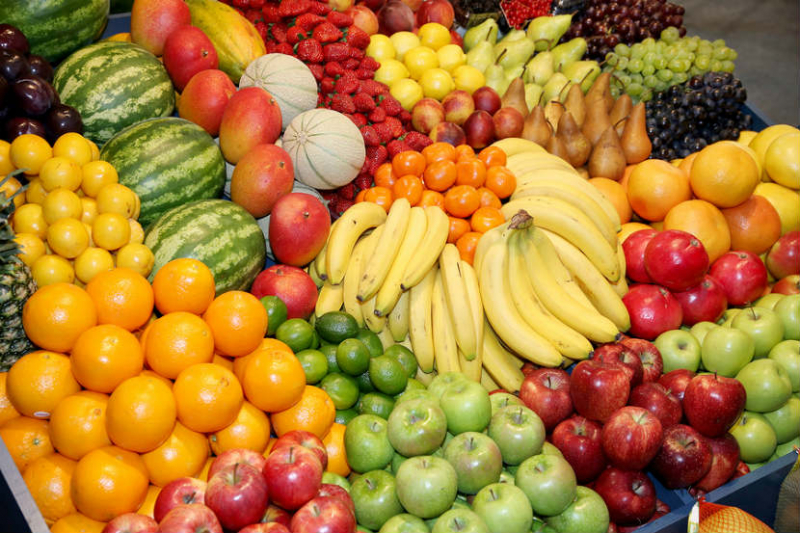
Fruits -
Any type of raw sprout, including alfalfa, sunflower, mung bean, and clover sprouts, is thought to pose a significant risk of food poisoning. This is mostly because bacteria like Salmonella, E. coli, and Listeria are present.
To grow sprouts, seeds need warm, wet, and nutrient-rich conditions. The rapid development of bacteria is encouraged by these conditions. There were 33 outbreaks of bean sprout-related illnesses recorded in the US between 1998 and 2010, affecting 1,330 people. Bean sprouts contaminated with Salmonella bacterium in 2014 infected 115 people, 25% of whom required hospitalization. Pregnant women are advised by the FDA to avoid eating any type of raw sprouts. This is because harmful bacteria can have a particularly negative impact on pregnant women. Fortunately, sprouts may be cooked to help destroy any dangerous microorganisms and lower the risk of food poisoning.
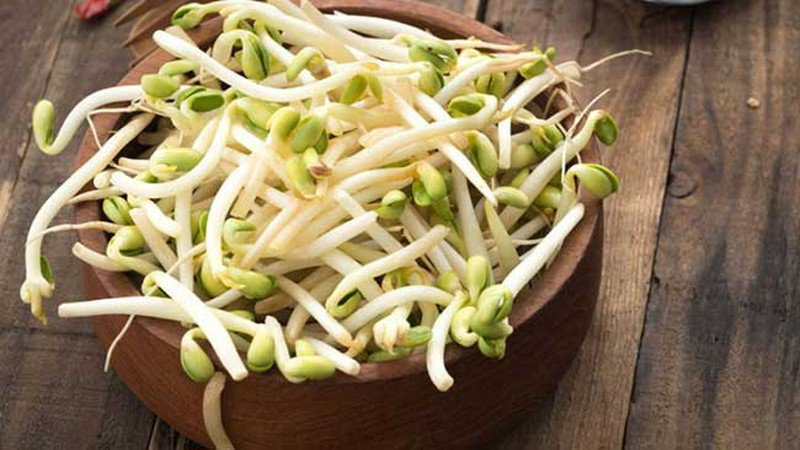
Sprouts 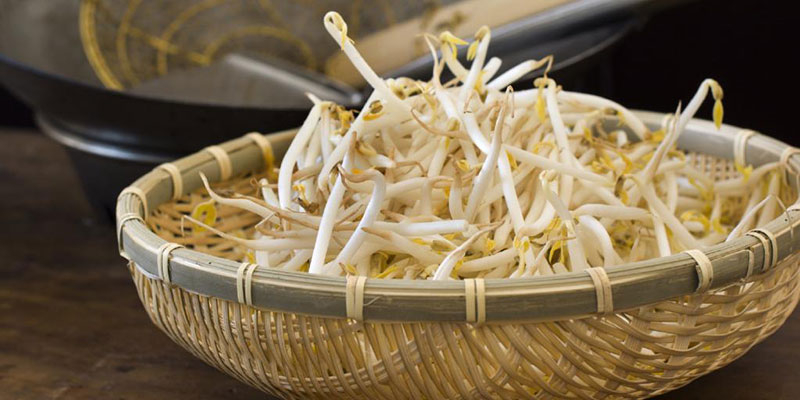
Sprouts












